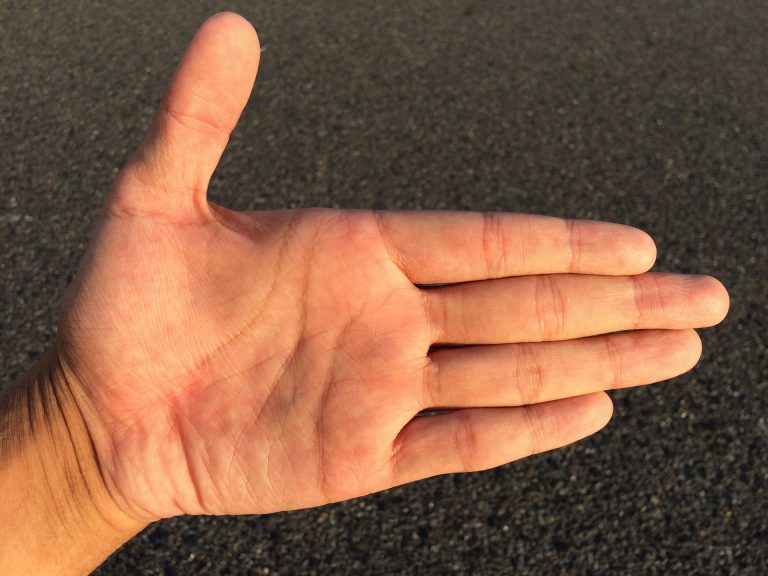Cupping Therapy: A Comprehensive Examination of Its History, Practices, and Scientific Evaluation
Introduction
Cupping therapy, an ancient healing practice with roots in traditional medicine systems worldwide, involves placing cups on the skin to create suction. This therapy is believed to promote healing by increasing blood flow, reducing inflammation, and relieving muscle tension. While cupping therapy has gained popularity in recent years, particularly in the realm of alternative medicine and among athletes seeking recovery, its efficacy and scientific basis remain subjects of scrutiny and debate within the medical community. This article aims to explore the history and cultural origins of cupping therapy, examine its contemporary practices and techniques, evaluate existing scientific research on its therapeutic claims, address controversies and criticisms, and discuss its integration into modern healthcare practices.
History and Cultural Origins
Cupping therapy has a rich history that spans diverse cultures and civilizations throughout antiquity. The earliest recorded use of cupping dates back to ancient Egypt, where practitioners used hollowed-out animal horns to create suction on the skin, facilitating healing and spiritual purification rituals. Similarly, ancient Greek and Roman physicians utilized cupping techniques, known as “ventosa,” to treat a variety of ailments, from respiratory disorders to musculoskeletal pain.
In traditional Chinese medicine (TCM), cupping therapy has been practiced for over 2,000 years as a method of balancing qi (life force energy) and promoting the flow of blood and energy (qi) through meridians (energy channels) in the body. Cupping therapy plays a crucial role in TCM alongside acupuncture, massage, and herbal medicine, often used to treat conditions such as colds, coughs, and pain syndromes.
The Islamic tradition also adopted cupping therapy, known as “hijama,” based on the teachings of the Prophet Muhammad, who reportedly advocated its use for various health benefits and spiritual purification. Cupping therapy spread across the Middle East and later into Europe during the medieval period, influencing medical practices and folklore.
Principles and Practices of Cupping Therapy
Cupping therapy involves placing cups, traditionally made of glass, bamboo, or silicone, on the skin’s surface to create suction. This suction may be achieved through heating the cups and placing them on the skin, using a manual pump to extract air, or employing a mechanical suction device. The resulting vacuum effect draws the skin and underlying tissues upward into the cup, causing local congestion and promoting circulation to the area.
There are two primary methods of cupping therapy:
- Dry Cupping: In dry cupping, the practitioner creates suction in the cups and leaves them in place for a specified period, typically 5 to 15 minutes. The suction may cause the skin to redden as blood vessels expand, and stagnant blood and toxins are believed to be drawn to the surface for elimination.
- Wet Cupping: Wet cupping, also known as “hijama” in Islamic tradition, involves making small incisions on the skin after dry cupping and then reapplying the cups to draw out a small amount of blood. This method is believed to enhance detoxification and promote healing by removing impurities from the bloodstream.
Cupping therapy may be applied to specific acupuncture points or areas of pain and discomfort, depending on the patient’s symptoms and treatment goals. Practitioners often combine cupping with other therapies such as acupuncture, massage, or herbal medicine to enhance therapeutic outcomes.
Scientific Evaluation and Evidence
The scientific evaluation of cupping therapy has yielded mixed results, with limited high-quality evidence to support its therapeutic claims. While proponents of cupping therapy cite centuries of traditional use and anecdotal evidence of its benefits, rigorous clinical trials and systematic reviews have raised questions about its efficacy and mechanisms of action.
A systematic review published in the Journal of Traditional Chinese Medical Sciences in 2015 examined the effects of cupping therapy on various health conditions, including pain management, herpes zoster (shingles), and facial paralysis. The review concluded that cupping therapy showed potential benefits in relieving pain and improving symptoms in some conditions, but noted the need for larger, well-designed studies with standardized protocols.
Similarly, a meta-analysis published in the Journal of Alternative and Complementary Medicine in 2019 analyzed the effects of cupping therapy on pain conditions such as low back pain and neck pain. The analysis found that cupping therapy was associated with significant pain reduction compared to control groups, although the quality of included studies varied, and many were at risk of bias.
Critics of cupping therapy argue that much of the existing research is methodologically flawed, with small sample sizes, lack of placebo controls, and variability in cupping techniques and treatment protocols. The placebo effect and subjective reporting of outcomes also complicate the interpretation of study results, making it challenging to draw definitive conclusions about the therapeutic benefits of cupping therapy.
Criticism and Controversies
Critics of cupping therapy raise several concerns regarding its safety, efficacy, and potential risks. One primary criticism is the lack of standardized practices and training for cupping practitioners, which may lead to inconsistent treatment outcomes and increased risk of adverse effects.
Adverse effects associated with cupping therapy may include:
- Skin irritation, bruising, or blistering at the cupping site.
- Infection if proper hygiene practices are not followed during cupping sessions.
- Pain or discomfort, particularly if cups are left in place for extended periods or applied with excessive suction.
Additionally, the potential for transmission of infectious diseases through shared or improperly sterilized cupping equipment poses a risk, highlighting the importance of adherence to hygiene and infection control measures.
Ethical considerations also arise regarding the marketing and promotion of cupping therapy as a natural or alternative treatment for serious medical conditions. Consumers may be drawn to cupping therapy based on cultural traditions or celebrity endorsements without fully understanding the scientific basis or potential risks associated with treatment.
Integration into Modern Healthcare
Despite skepticism from the medical community, cupping therapy continues to be practiced in various healthcare settings, including clinics, spas, and integrative medicine centers. Some healthcare providers may recommend cupping therapy as a complementary treatment option for patients with musculoskeletal pain, respiratory disorders, or stress-related conditions, alongside conventional medical therapies.
The integration of cupping therapy into modern healthcare practices has prompted efforts to establish professional standards, guidelines, and training programs for practitioners. Organizations such as the International Cupping Therapy Association (ICTA) and the British Cupping Society (BCS) advocate for evidence-based practices, research initiatives, and educational resources in the field of cupping therapy.
Conclusion
In conclusion, cupping therapy represents a centuries-old therapeutic practice with roots in traditional medicine systems worldwide. While many individuals report positive experiences and benefits from cupping therapy, scientific evidence supporting its therapeutic claims remains limited and inconclusive.
As interest in complementary and alternative therapies continues to grow, the debate over cupping therapy’s efficacy and safety will likely persist. Proponents emphasize its potential to alleviate pain, promote circulation, and enhance overall well-being, while skeptics urge caution and adherence to evidence-based standards in healthcare decision-making.
Ultimately, further research, including well-designed clinical trials and studies on the mechanisms of action of cupping therapy, is needed to validate its therapeutic benefits definitively. In the meantime, individuals considering cupping therapy should consult with qualified healthcare providers, seek reliable information, and approach its use as a complementary approach to conventional medical care.
By fostering a balanced and informed approach to cupping therapy and other complementary therapies, healthcare providers and consumers can work together to promote safe, effective, and evidence-based practices that support holistic well-being and patient-centered care.

